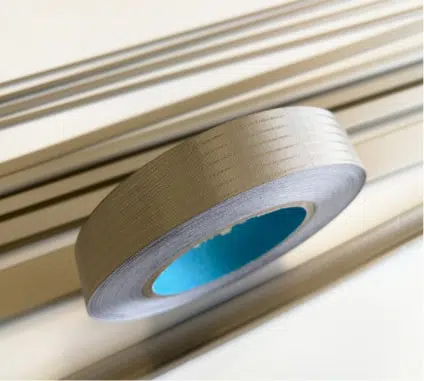 In the field of electronic component handling and storage, effectively managing Electrostatic Discharge (ESD) risks is of utmost importance. The presence of static electricity, frequently unnoticed, poses a significant threat, with the potential to cause malfunction or even irreversible damage to sensitive components. A thorough understanding and application of conductive foam, conductive silicone, and conductive fabric tape are essential in creating environments that are safe from the perils of ESD.
In the field of electronic component handling and storage, effectively managing Electrostatic Discharge (ESD) risks is of utmost importance. The presence of static electricity, frequently unnoticed, poses a significant threat, with the potential to cause malfunction or even irreversible damage to sensitive components. A thorough understanding and application of conductive foam, conductive silicone, and conductive fabric tape are essential in creating environments that are safe from the perils of ESD.
Technical Overview of ESD and its Impact
Electrostatic discharge represents a sudden flow of electricity between two electrically charged objects. This phenomenon, though microscale, can have macro consequences in sensitive electronics. It is crucial to comprehend the nuances of ESD’s impact to counteract its potentially destructive effects effectively. Implementing strategic protective measures is not just a precaution but a necessity in maintaining the integrity of electronic components.
Conductive Foam in ESD Mitigation
Conductive foam plays a critical role in ESD protection strategies. Infused with conductive materials such as carbon, it dissipates static charges efficiently. Its application in the storage and transportation of electronic components provides a dual benefit – not only does it shield the components from ESD, but its inherent cushioning properties also offer physical protection. Understanding and applying the material properties correctly is essential for maximizing ESD protection.
Utilizing Conductive Silicone for Enclosure Integrity
In constructing containers and enclosures for sensitive electronics, conductive silicone is crucial. Its electrical conductivity, thermal stability, and flexibility make it an ideal choice for creating ESD-safe environments. Its application in seals and gaskets ensures comprehensive protection, effectively shielding the components from external static influences and enhancing the overall integrity of the protective enclosures.
Conductive Fabric Tape for Secure and Flexible ESD Safety
Conductive fabric tape, often employed alongside conductive foam, secures components within their protective enclosures, and provides additional ESD-safe pathways. The material’s flexibility and conductive properties allow for versatile applications in sealing and grounding, ensuring a continuous ESD-safe environment. This tape’s strategic use can significantly enhance ESD protection measures’ efficacy.
Integrating Materials for Optimal ESD Protection
The synergy between conductive foam, silicone, and fabric tape forms a robust ESD protection system. Each material’s unique properties and applications contribute to a comprehensive strategy for safeguarding sensitive electronic components. Effective integration of these materials requires a thorough understanding of their individual and combined capabilities in ESD mitigation.
The increasing sensitivity of electronic components to electrostatic phenomena necessitates advanced ESD protection strategies. The practical application of conductive foam, silicone, and fabric tape ensures component longevity and functionality. As technology advances, the evolution and integration of these materials remain crucial for maintaining the highest standards of ESD safety in electronic component handling and storage.
